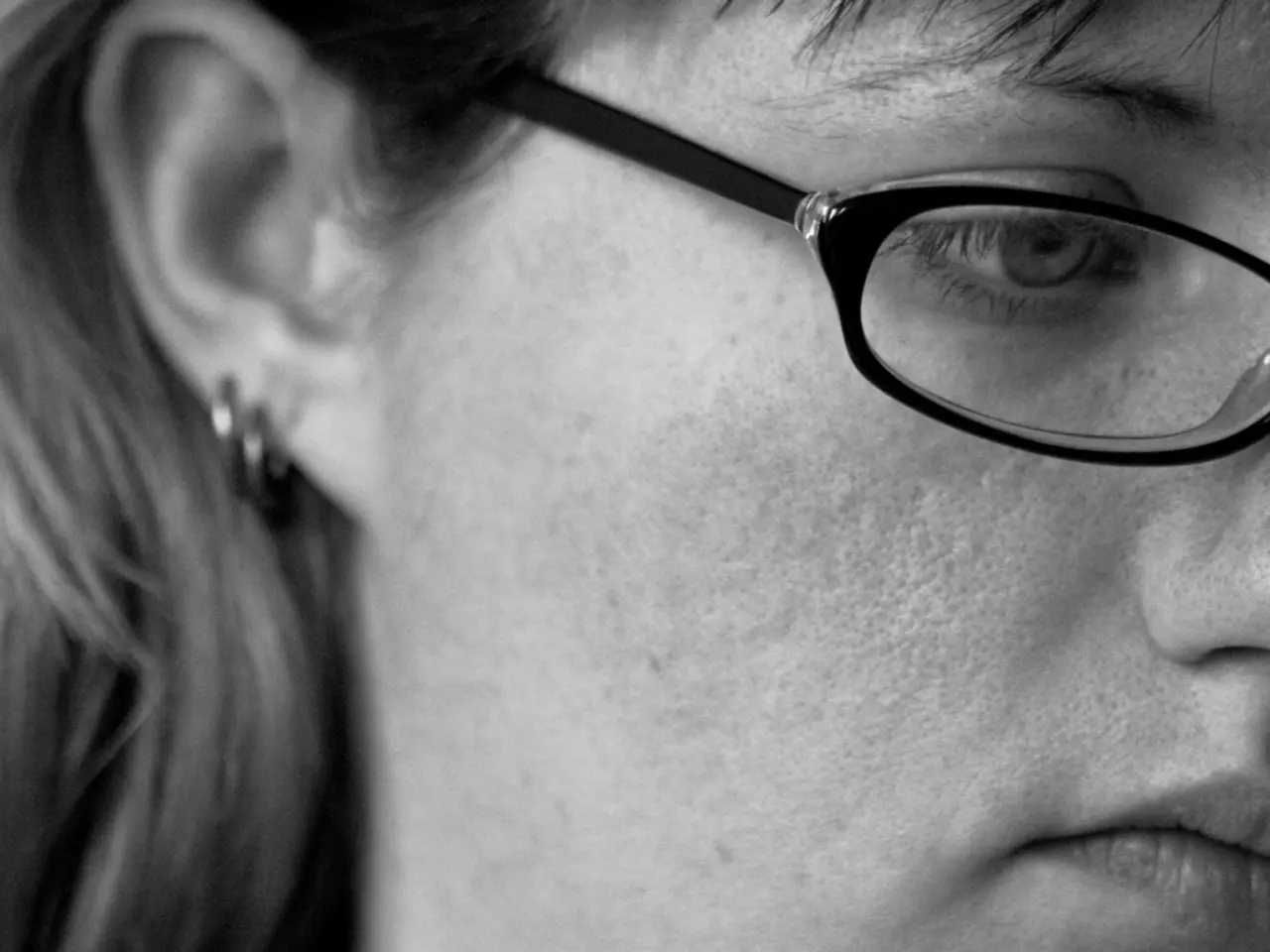Ancient Brain Tissue Preserved for Over 4,000 Years Due to Self-Heating in Fluids
In a groundbreaking archaeological discovery, scientists in Turkey have unearthed a remarkably preserved human brain from the Bronze Age, estimated to be around 4,000 years old. The brain, found in Seyitomer Hoyuk, Turkey, is one of the oldest and most intact ever discovered, providing a unique opportunity for researchers to delve into the health and diseases that may have afflicted people during that era.
The brain's preservation is believed to be a result of unusual burial conditions that prevented normal decay for millennia. The soil where the brain was found had high levels of magnesium, potassium, and aluminum, which helped create a wax-like substance called adipocere to preserve the soft tissue. Additionally, the brain was likely preserved due to natural disasters, specifically an earthquake and a subsequent fire, followed by a decrease in moisture and oxygen, further mummifying the brain tissue.
The discovery of the well-preserved Bronze Age brain may prompt archaeologists to reconsider their assumptions about the survival of brain tissue during the decomposition process. This find is expected to inspire archaeologists to look more closely for brain tissue in their excavations, such as in the case of Lady Dai, a shockingly well-preserved mummy.
The University of Zurich's scientists have examined the brain and noted its remarkable level of preservation for its age. The brain could potentially allow scientists to visualize conditions such as brain tumors, hemorrhaging, or any other causes of death that leave physical marks on the brain. Researchers hope to use the brain to gather information on health conditions that humans may have suffered in the past.
The study of ancient remains, including skeletons and artifacts from Bronze Age sites in the Middle East and Anatolia, helps reconstruct physical activity patterns, health status, and cultural practices. For instance, skeletal evidence from Bronze Age individuals has revealed signs of repetitive labor, which, when combined with preserved soft tissues like brains, enriches our understanding of their everyday health challenges and occupational hazards.
The discovery of the perfectly preserved Bronze Age brain serves as a reminder that unexpected finds can occur in archaeology, such as the 2012 discovery of three children's bodies on Volcan Llullaillaco in Argentina. As more cases like this are published, archaeologists will become more aware of the potential for finding original brain tissue, inspiring further research into the health and lifestyles of ancient civilizations.
The unique preservation of the Bronze Age brain could inspire archaeologists to reconsider the possibility of finding well-preserved brain tissue in other excavations, like the case of Lady Dai. Researchers aim to use this ancient brain to gather information on medical-conditions that humans may have suffered in the past, contributing to the history of science and health-and-wellness.




